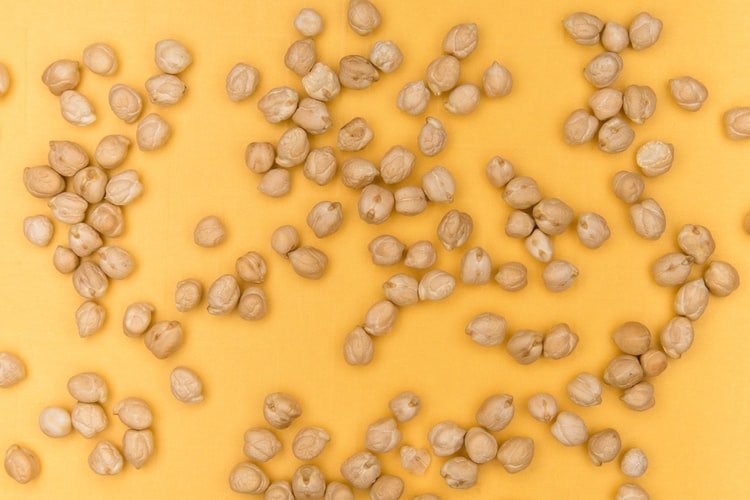
Summer means longer days, more time to enjoy the sun and be active. Having more hours on the go can also mean eating meals more frequently. There’s nothing worse than finishing a meal only to be hungry again an hour or two later. Summer brings a bounty of satiating fiber, protein, and water-rich foods that will keep you full between meals. Nutritionists share their favorite nutrient-dense, satiating summer foods.
8 Summer Foods that Keep You Fuller Longer
1. Watermelon
“Watermelon is a water-filled fruit that helps meet your daily hydration goals,” says registered dietitian Mary-Catherine LaBossiere. In addition, watermelon’s combination of water and fiber is highly satiating. It’s also high in vitamins A and C, lycopene, and citrulline, making it a great summer food. Pairing the fruit with other foods can also increase its filling factor. LaBossiere suggests a watermelon, basil, and feta salad with balsamic vinegar. The feta fat in watermelon helps slow the rise in blood sugar after eating watermelon. So you won’t feel hungry right after eating.

2. Chickpeas
“Garbanzo beans, or chickpeas, are high in dietary fiber and plant-based protein,” says registered dietitian and recipe developer Mackenzie Burgess. It slows digestion and keeps us fuller longer. Try adding chickpeas to summer salads, blending them into hummus, or air-frying them with spices for a satisfying snack.

3. Avocados
Avocados are available all year due to their popularity, but they begin to be in season in early summer, according to registered dietitian Chrissy Arsenault. Their heart-healthy fats and essential vitamins and minerals like vitamin K, folate, C and E make them a great snack. “A 3.5-ounce serving contains 7 grams of fiber.” Satiety is guaranteed with fat and fiber. Arsenault likes to use avocado in “green smoothies” and on toast with a fried egg and everything bagel spice.

4. Quinoa
“Quinoa is one of the most protein-rich plant-based protein sources,” says registered dietitian Abby Vichill. This grain can be used both hot and cold, making it ideal for salads and warm grain bowls. “Add chopped bell peppers, kale, red onion, and cucumber to freshly cooked and cooled quinoa,” Vichill suggests. Mix in some crumbled feta if you tolerate dairy. Add a fresh salmon fillet for extra protein and omega-3s. “

5. Tomatoes
Summer means tomatoes, which are our main source of lycopene, according to LaBossiere. Heart disease and cancer risk are reduced by lycopene. Tomatoes are also high in fiber, and are often eaten with other high-fiber foods like greens and beans. A Caprese salad is a great recipe idea for tomatoes. LaBossiere advises a drizzle of olive oil. “The oil aids in fat-soluble vitamin absorption.”

6. Berries
“Berries are tasty, low in calories, and high in antioxidants,” Arsenault says. “Raspberries and blackberries are particularly high in antioxidants and fiber.” “Most berries are high in vitamin C,” she says. Plain Greek yogurt with berries and nuts is a great summer meal. Arsenault suggests mixing fresh berries with sparkling water and basil for a summer drink.

7. Pineapples
“Pineapple is perfect for the hot summer,” says registered dietitian Tejal Pathak. It also contains essential nutrients, such as bromelain (a protein-digesting enzyme), fiber, folate, vitamin C, and vitamin A, says Pathak. This versatile ingredient can be used in smoothies, fruit bowls, and salads.

8. Cauliflower
Cauliflower is available all year, but it is a great summer vegetable due to its versatility. “Cauliflower is your best friend if you want to enjoy your favorite indulgent dishes lighter,” says Burgess. “It’s used in lasagna, pizza, pasta, and bread substitutes.” There’s a reason it’s in so many recipes: Burgess says it’s loaded with nutrients like vitamin C, iron, and fiber. “The fiber aids digestion and keeps you fuller longer.”


